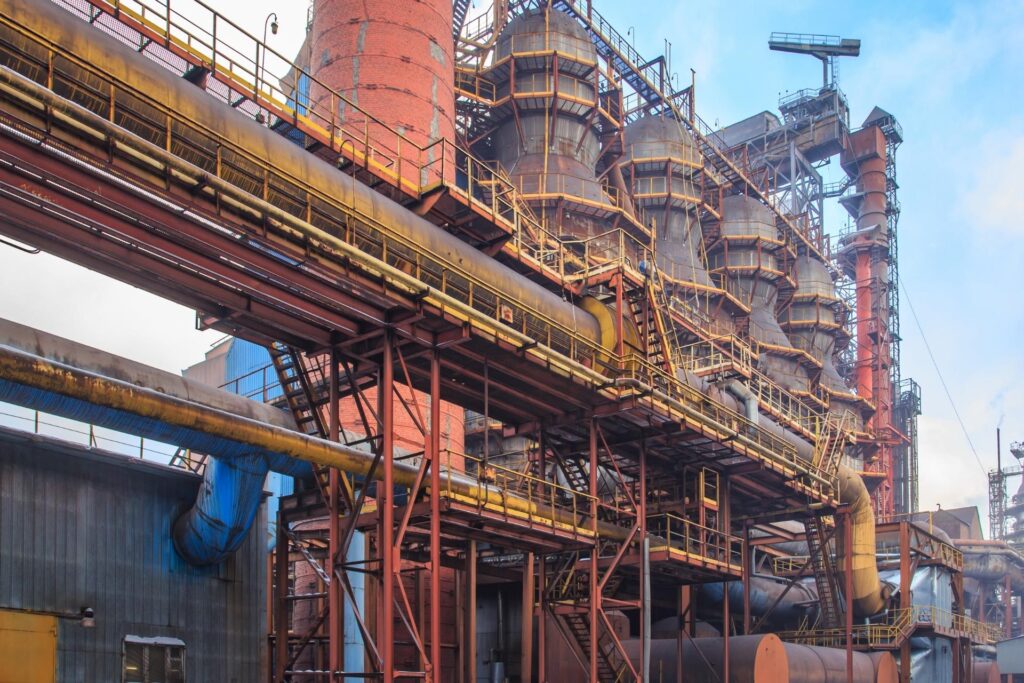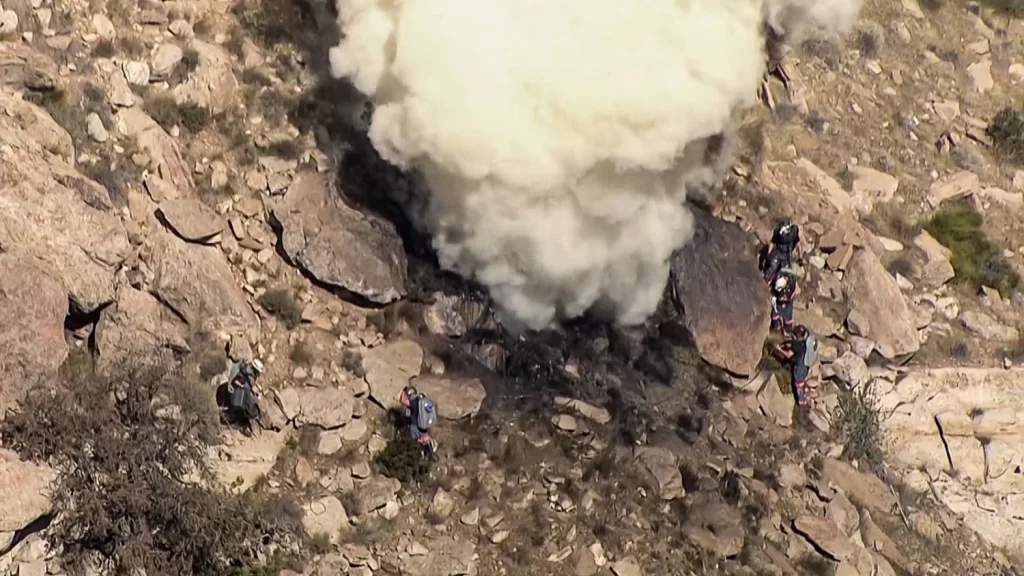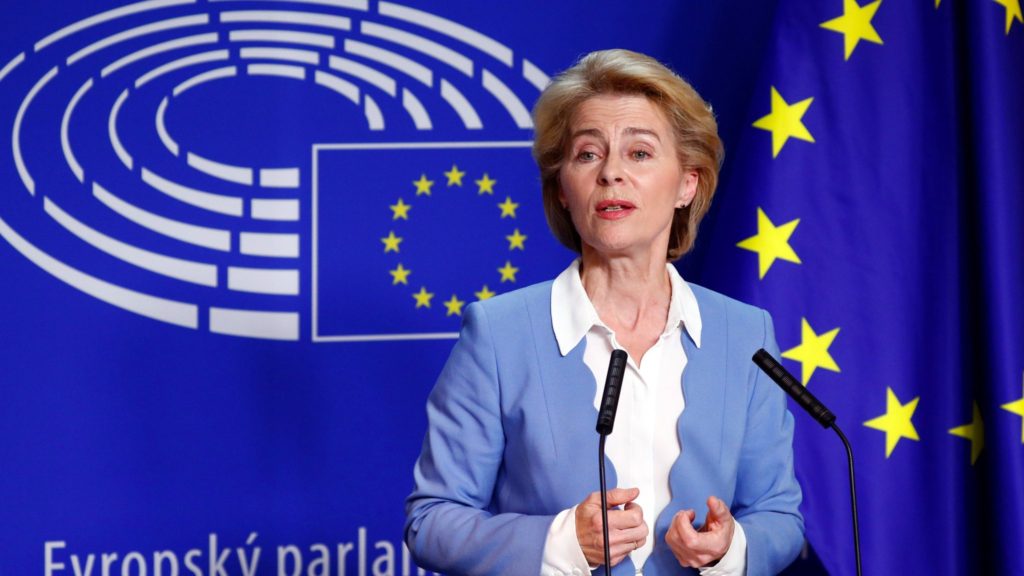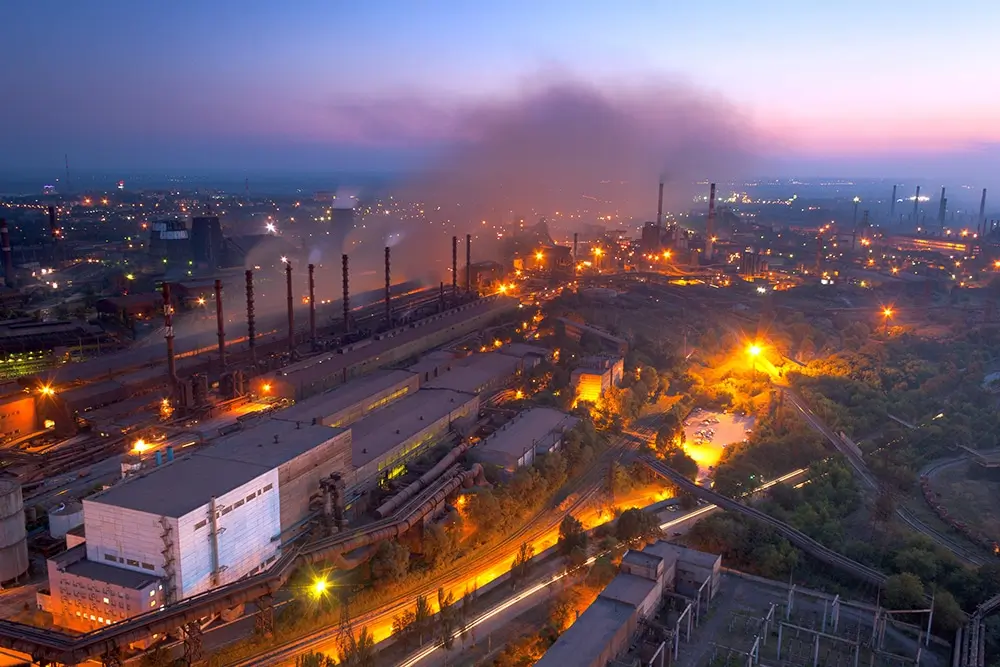German steelmaker Salzgitter has successfully restarted its blast furnace No. 2 after a comprehensive modernization project. This marks a significant milestone in the company’s ambitious journey to produce low-CO2 steel by 2033.
The blast furnace, originally built in 1977, has undergone several modernization efforts throughout its lifespan. However, the recent €100 million revamp represents the most extensive upgrade yet. The project focused on improving the furnace’s efficiency and reducing its environmental impact.
Key upgrades and their impact:
- Enhanced fuel injection system: The new system allows for a more precise and efficient injection of pulverized coal, leading to better fuel utilization and reduced CO2 emissions.
- Improved preheating: The upgraded preheating system ensures that the raw materials entering the furnace are at a higher temperature, further optimizing the smelting process and reducing energy consumption.
- Modernized automation and control systems: The blast furnace is now equipped with advanced automation and control systems that enable real-time monitoring and optimization of the process, further minimizing energy use and emissions.
A stepping stone on the path to low-CO2 steel:
Salzgitter’s commitment to sustainable steelmaking is evident in its investment in blast furnace No. 2’s modernization. This project is just one piece of the company’s broader decarbonization strategy, which includes initiatives such as exploring hydrogen-based reduction processes and developing closed-loop recycling systems.
By restarting the blast furnace with its advanced features, Salzgitter is not only ensuring continued steel production but also taking a crucial step toward achieving its ambitious climate goals. The company’s dedication to innovation and sustainability sets a positive example for the steel industry as a whole, paving the way for a greener future.








